COPD (chronic obstructive pulmonary disease) causes inflammation and narrowing of the airways, making it difficult to breathe. Common symptoms include shortness of breath, coughing, and fatigue—especially during or after exposure to lung irritants. There is no cure for COPD but there are many things that you can do to improve quality of life and slow disease progression.Understanding triggers and how to avoid them is an essential disease management skill. In this blog post we’ll talk about monitoring indoor air pollution, creating a COPD friendly home, and avoiding symptom exacerbation.
While outdoor pollution is a well-known trigger, indoor pollutants are often overlooked. Everyday household activities—like cooking, cleaning, bathing, and even crafting—can release microscopic particles, gases, and moisture into the air. These pollutants can worsen inflammation in your lungs and make your COPD symptoms more severe.
The most common sources of indoor air pollution include:
- Cooking smoke and fumes
- Cleaning sprays and chemical air fresheners
- Pet dander and dust
- Mold and excess humidity
- Scented candles and incense
- Paints, glues, and solvents
- Tobacco smoke or wood-burning fireplaces
For someone with COPD, breathing these irritants daily can lead to chronic inflammation and frequent exacerbations. But with awareness and small changes, you can greatly improve your indoor air quality.
Kitchen Safety: Cooking Without the Cough
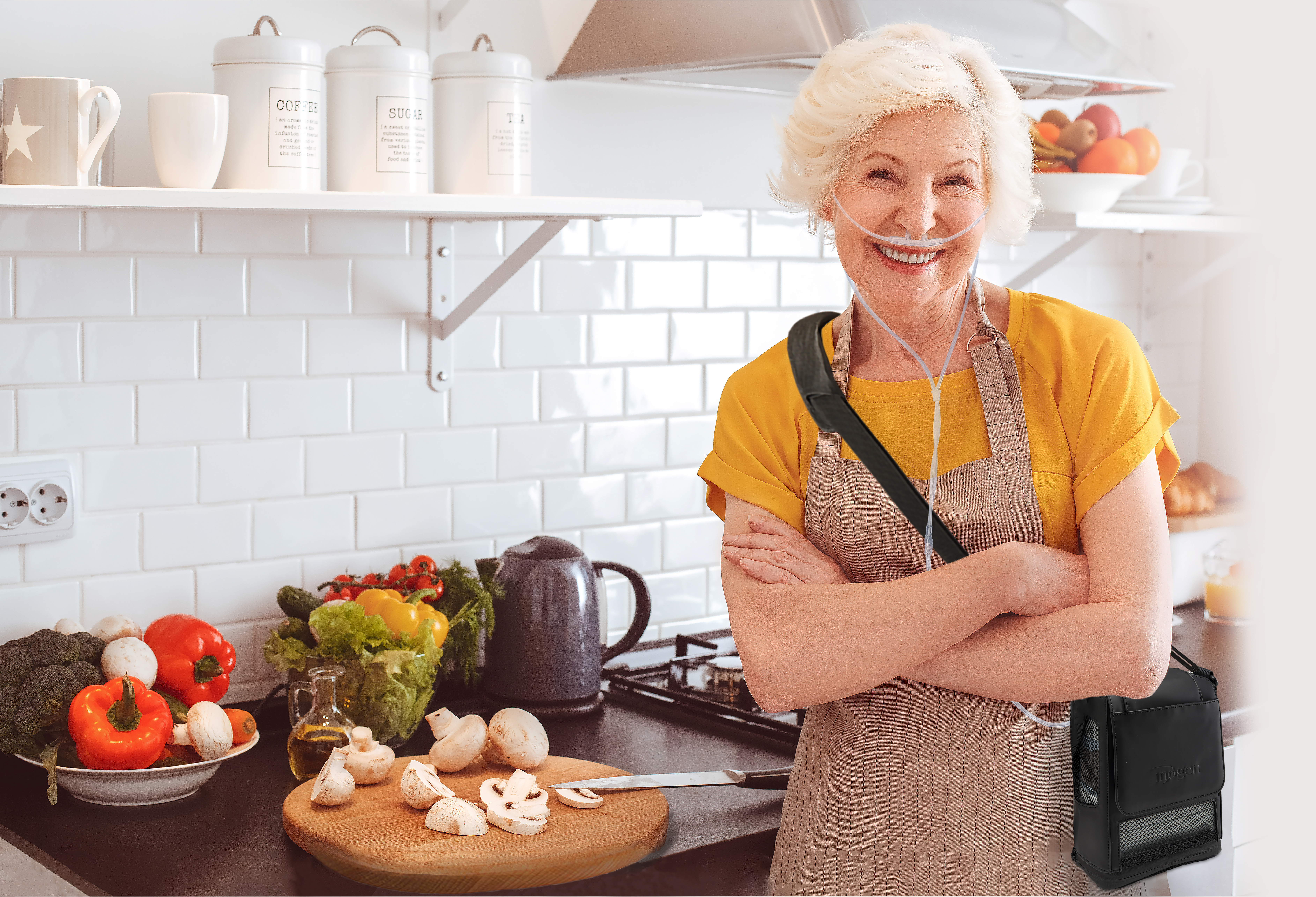
Your kitchen is often the biggest source of indoor air pollution. Cooking releases particles, steam, and gases—especially when frying or grilling. Even toasting bread can produce smoke and ultrafine particles that irritate your lungs.
COPD-Friendly Cooking Tips:
- Use gentle cooking methods like baking, steaming, or slow cooking. These produce far fewer fumes than frying or broiling.
- Try a pressure cooker or air fryer. Pressure cookers trap steam and cook quickly, while air fryers can crisp food without the smoke or grease splatter.
- Ventilate while cooking. Always run your stove’s exhaust fan or open a window to help clear the air.
- Avoid high-heat oils. Oils like olive oil can smoke at lower temperatures. Use canola or avocado oil for frying.
- Keep your kitchen clean. Grease buildup on stovetops can continue releasing fumes long after you’ve finished cooking.
Even small steps like these can dramatically reduce airborne particles and help make your kitchen a COPD-friendly zone.
Managing Moisture: Why Humidity Matters for Lung Health
Humidity can play a big role in how well you breathe. Air that’s too moist makes it harder for oxygen molecules to circulate, meaning each breath delivers less oxygen to your lungs. For COPD patients, that can lead to fatigue, shortness of breath, or even an exacerbation.
Too much humidity also promotes mold growth, which releases spores that irritate airways. Dust mites—another common trigger—also thrive in humid environments.
Keep humidity levels in check:
- Use a dehumidifier to maintain indoor humidity between 30% and 50%. The American Lung Association says that 40% humidity is ideal for those with respiratory conditions.
- Run bathroom and kitchen exhaust fans whenever you bathe or cook.
- Take shorter showers and consider bathing at night when temperatures are cooler.
- Fix leaks quickly and avoid hanging clothes to dry indoors.
A small indoor humidity gauge (often under $10) can help you monitor levels and adjust as needed. You’ll feel the difference in your breathing almost immediately.
Reducing Dust, Dander, and Allergens
Dust and pet dander are two of the most common triggers for COPD flare-ups. They don’t just irritate your lungs—they also carry allergens and bacteria that can cause inflammation.
Simple steps to keep your home cleaner and more breathable:
- Dust with a damp cloth. Dry dusting spreads particles into the air; a damp cloth traps them.
- Vacuum weekly with a HEPA filter vacuum. HEPA filters capture the tiniest particles that standard vacuums miss.
- Brush and groom pets outside. Wash pet bedding often to cut down on dander buildup.
- Declutter. Fewer surfaces mean less dust accumulation—and less work for your lungs.
A clean, organized home isn’t just more comfortable—it’s one of the best tips for living with COPD and reducing daily symptoms.
Don’t Forget Your Furnace Filter
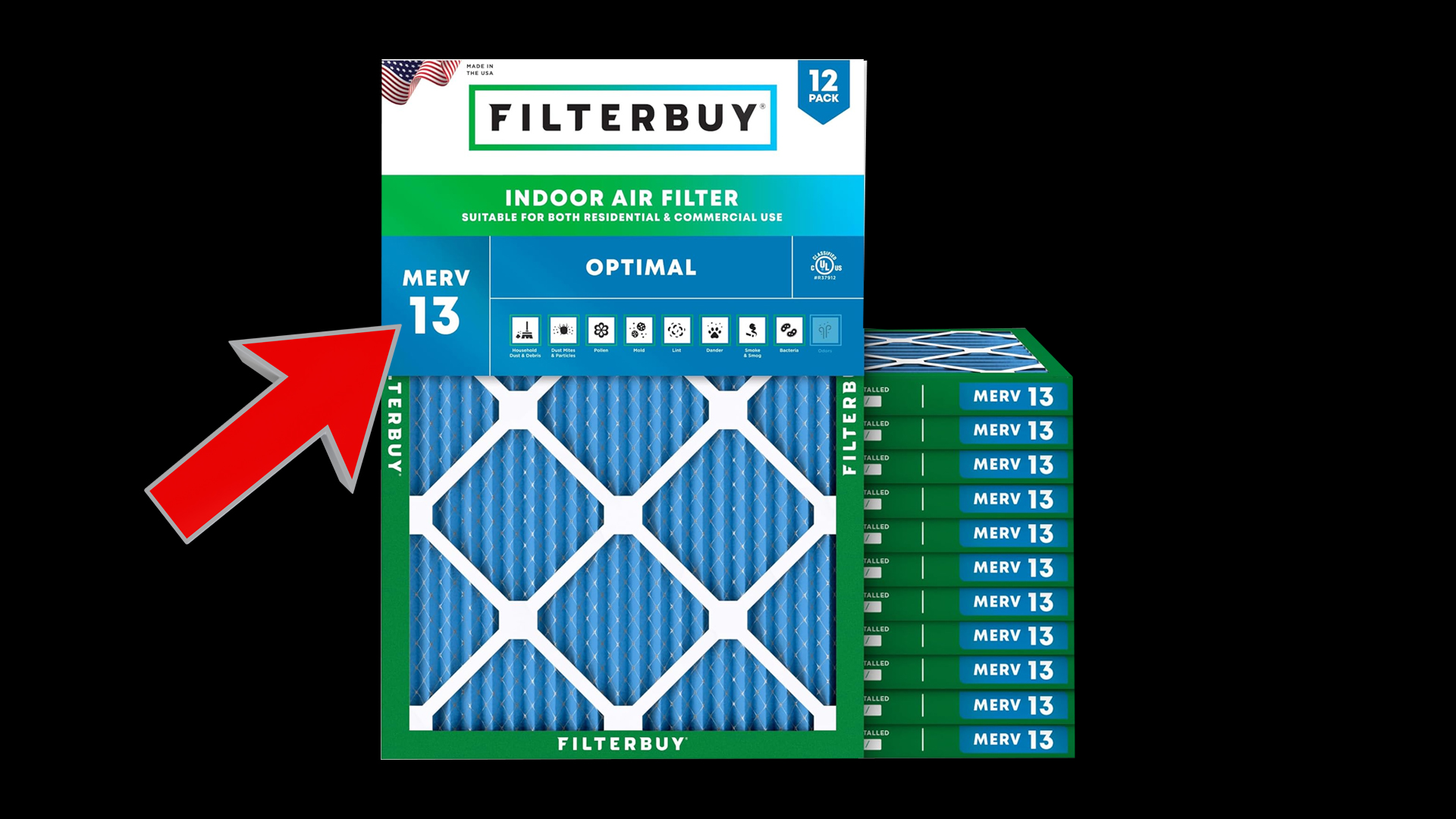
Your home’s HVAC system plays a critical role in maintaining indoor air quality. The furnace filter captures dust, pollen, and pollutants that circulate through your heating and cooling system. But not all filters are created equal. Furnace filters are designated a MERV (Minimum Efficiency Reporting Value) that lets you know the allergen, dust, and bacteria blocking ability of the filter.
Choose the right filter for your COPD-friendly home:
- Look for a MERV rating between 8 and 13. Filters below 8 don’t catch enough fine particles; filters above 13 can restrict airflow unless your system is built for them.
- A MERV 11 to 13 filter captures many of the same fine particles as a HEPA filter—without overworking your system.
- Check your HVAC manual or ask a professional which filter your system can handle safely.
- Replace filters regularly—every 1 to 3 months depending on usage.
Keeping your system clean and efficient not only helps you breathe easier but also extends the life of your equipment.
Safe Spaces for Hobbies and Crafts

Many hobbies release particles, fumes, or fibers that can worsen COPD symptoms. Whether you enjoy woodworking, painting, or sewing, it’s important to take steps to keep those pollutants contained.
- Woodworking and sanding release fine dust that can linger in the air. Work in a separate, well-ventilated area like a garage or workshop, and close doors to keep dust from spreading.
- Painting and gluing can release strong fumes. Always wear a mask or respirator rated for chemical vapors, and follow product safety instructions.
- Fiber crafts like quilting or cutting yarn release small fibers. Vacuum frequently, wear a mask, and store fabrics in sealed containers.
Even seemingly harmless hobbies can affect your breathing over time. The goal isn’t to give up what you love—it’s to enjoy your activities safely. You don’t have to give up the things you love—just make sure to enjoy them safely and protect your lungs in the process.
Monitoring Indoor Pollution in Everyday Items
Some of the biggest threats to clean indoor air are invisible and unexpected. Many new or fragranced items release volatile organic compounds (VOCs)—chemicals that can trigger coughing, headaches, or breathing difficulty.
Be cautious with:
- New furniture and electronics. These often “off-gas” protective chemicals from manufacturing. Let them air out in a garage or covered outdoor space for a few days before bringing them inside.
- Cleaning products and air fresheners. Choose fragrance-free or plant-based alternatives. Avoid aerosol sprays and anything labeled as “deodorizing” or “antibacterial.”
- Candles and incense. These may smell pleasant, but they release soot and chemicals that irritate your airways. Opt for battery-powered or unscented candles instead.
- Paper clutter. Magazines, books, and junk mail collect dust and can release trace ink fumes. Recycle old papers regularly and keep sleeping areas clutter-free.
Being mindful of these hidden sources helps you maintain a COPD-friendly home that truly supports your health.
Using Air Purifiers Safely
A true HEPA air purifier is one of the best investments you can make for clean indoor air. HEPA filters capture 99.97% of airborne particles down to 0.3 microns—including dust, pollen, and smoke.
Air cleaners are assigned a CADR (Clean Air Delivery Rating). Choose an air cleaner that is rated for a larger area than you are trying to clean. This allows you to run the machine at a lower setting so that it’s a bit quieter and you can turn it up if your air requires more cleaning such as if smoke comes from the kitchen or it’s a high pollution or allergen day.
Choosing the right purifier:
- Avoid ionizers and electrostatic filters. These can produce ozone, a lung irritant that can worsen COPD symptoms.
- Look for ozone-free or CARB-certified models.
- Run the purifier continuously on a low setting in the rooms where you spend the most time.
- Change filters as directed by the manufacturer to maintain efficiency.
Air purifiers can’t replace good ventilation or cleaning habits, but they’re a powerful tool for reducing everyday exposure to airborne irritants.
Recognizing Poor Indoor Air Quality
Sometimes you can’t see or smell air pollution—but your body gives you clues. Watch for these signs that your indoor air might be triggering COPD symptoms:
- Increased coughing or wheezing when indoors
- Shortness of breath that improves outdoors
- Headaches, fatigue, or dizziness
- Musty or chemical smells
- Visible dust, mold, or condensation on windows
If you notice these warning signs, it’s time to take action—clean filters, improve ventilation, and consider adding an air purifier.
When to Seek Help
If your symptoms worsen or you’re having more frequent COPD exacerbations, talk with your healthcare provider. They can adjust your treatment plan, check your oxygen needs, or refer you to a respiratory therapist who can help identify environmental triggers.
You might also consider a home air quality test, which can detect carbon monoxide, VOCs, and other pollutants. This data helps you make targeted changes for a healthier living environment with the goal of monitoring indoor air pollution, creating a COPD friendly home and avoiding symptom exacerbation
The Bottom Line: Build a COPD-Friendly Home, Breathe Easier Every Day
Living with COPD means being proactive about your environment. With just a few simple adjustments—like controlling humidity, using HEPA filters, and avoiding chemical fumes—you can transform your home into a safe haven for your lungs.
Key takeaways for avoiding COPD exacerbations:
- Ventilate while cooking or cleaning
- Keep humidity between 30–50%
- Use MERV 11–13 or HEPA filters
- Clean and declutter regularly
- Avoid aerosols, candles, and chemical fragrances
- Add an ozone-free HEPA air purifier
These steps don’t just make your air cleaner—they make your home a place where your lungs can rest, recover, and thrive.
Breathe Easy with OxiMedical
At OxiMedical, we understand that living with COPD is about more than just having the right oxygen concentrator—it’s about confidence, comfort, and control. That’s why we go beyond sales to offer expert support, reliable protection, and lifetime service you can count on.
Whether you’re looking for a portable oxygen concentrator for travel or advice on creating a safer, healthier home, our specialists are here to help you every step of the way.

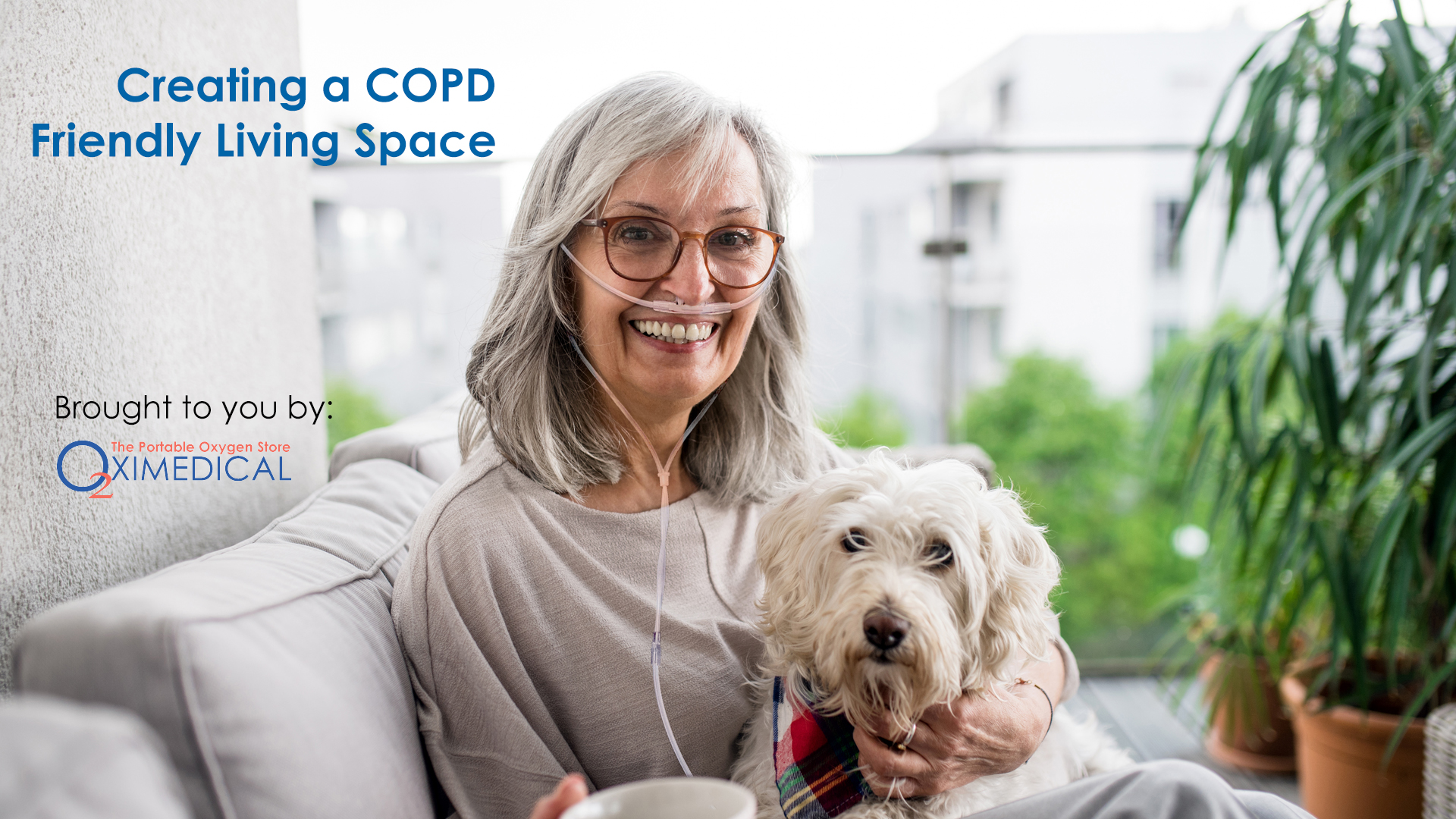

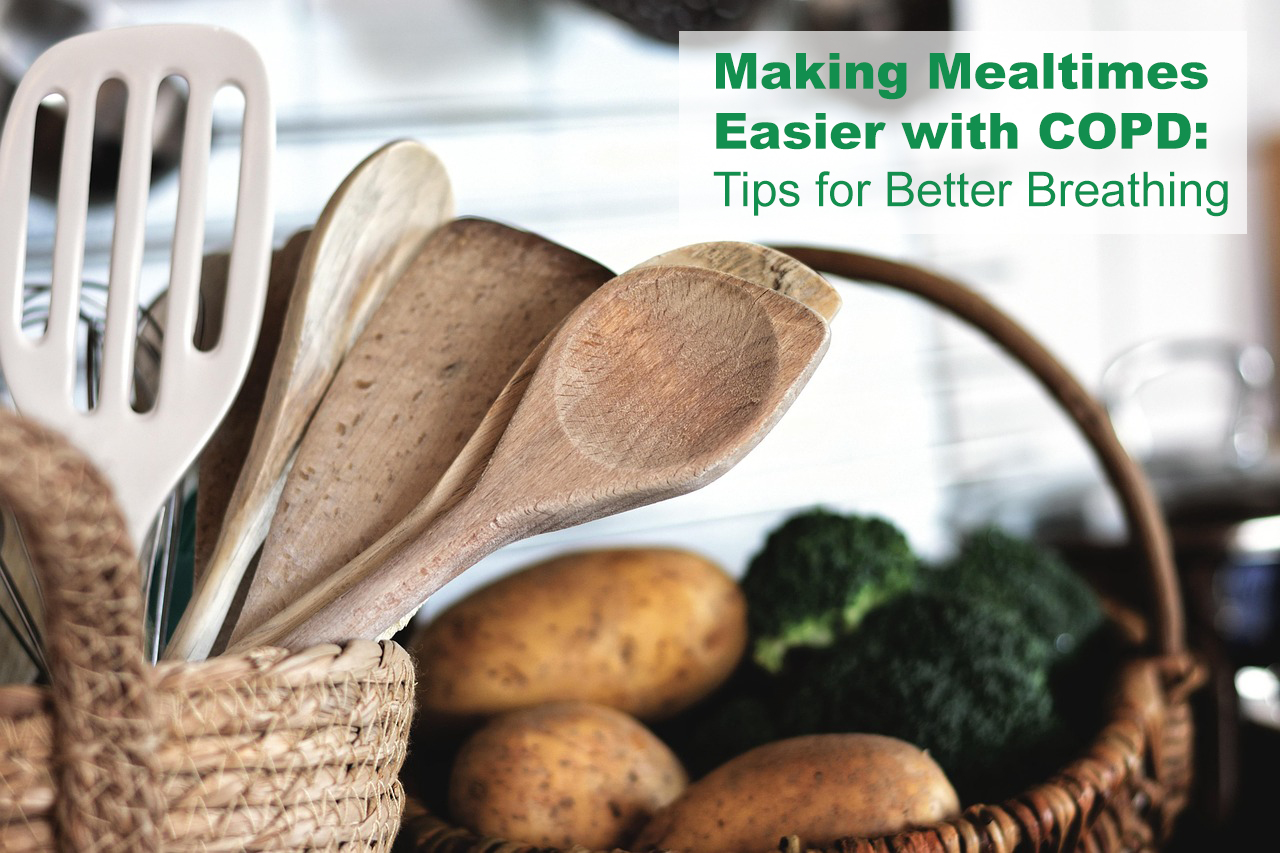
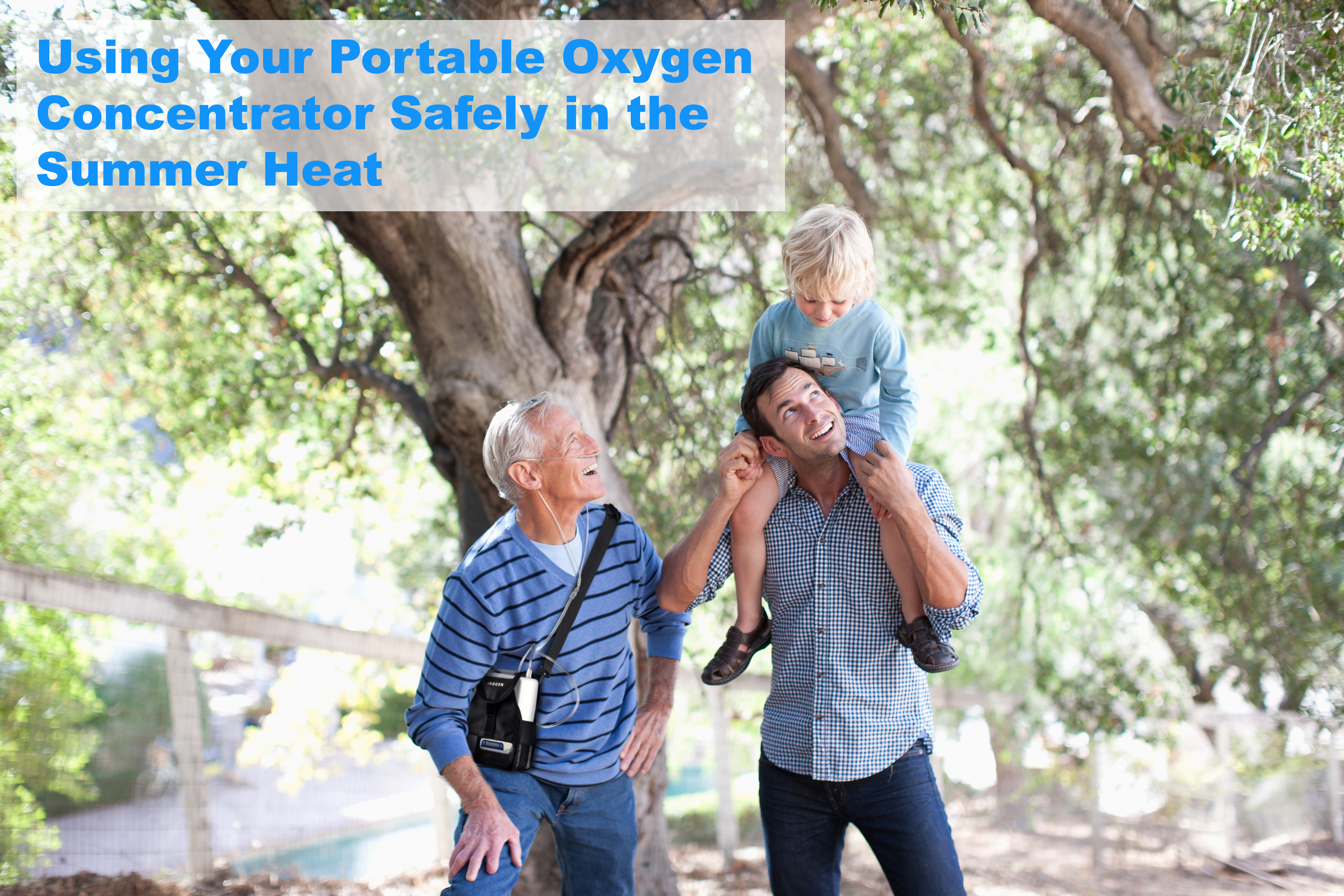
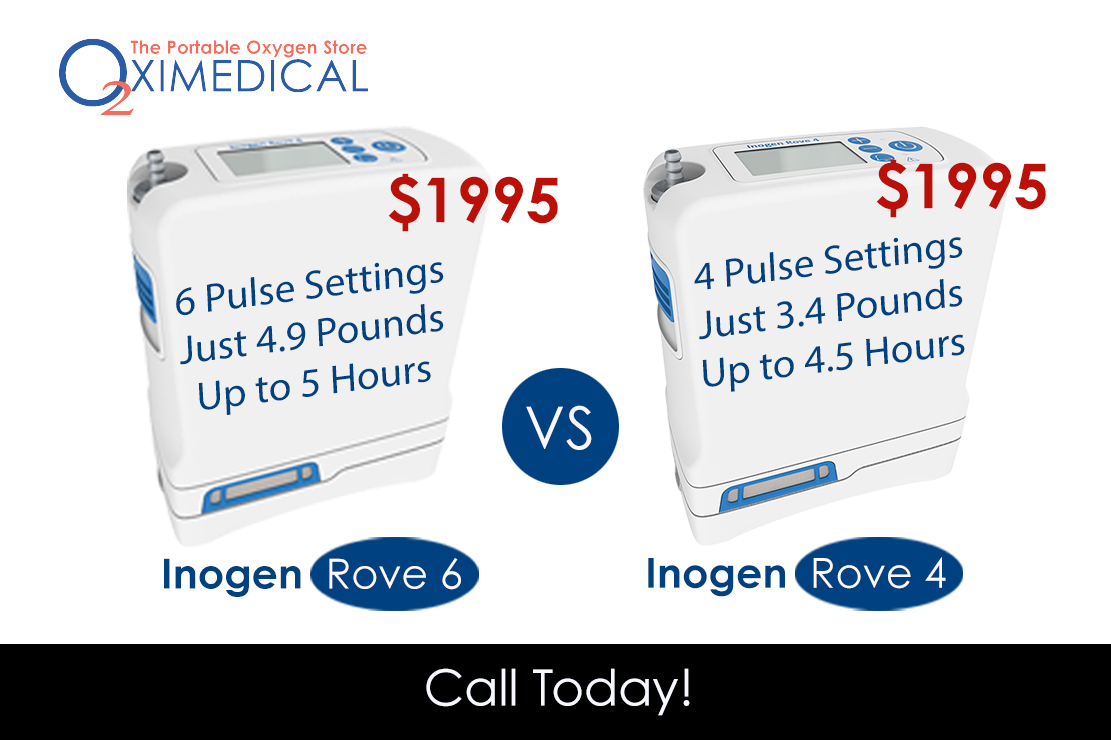

0 Comments